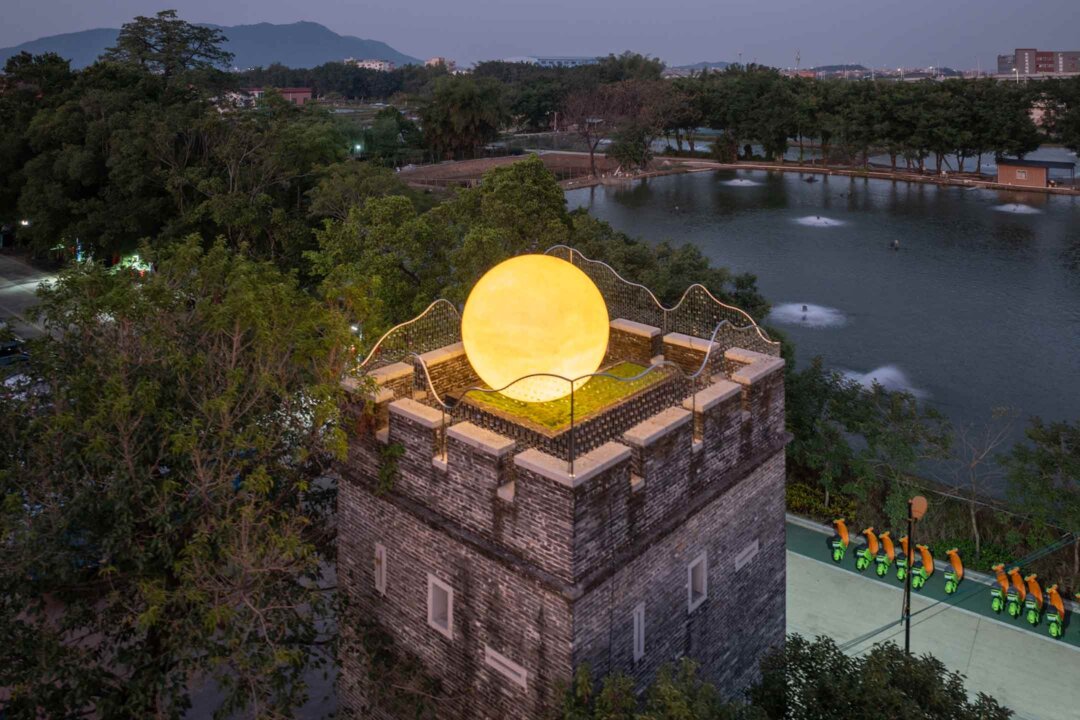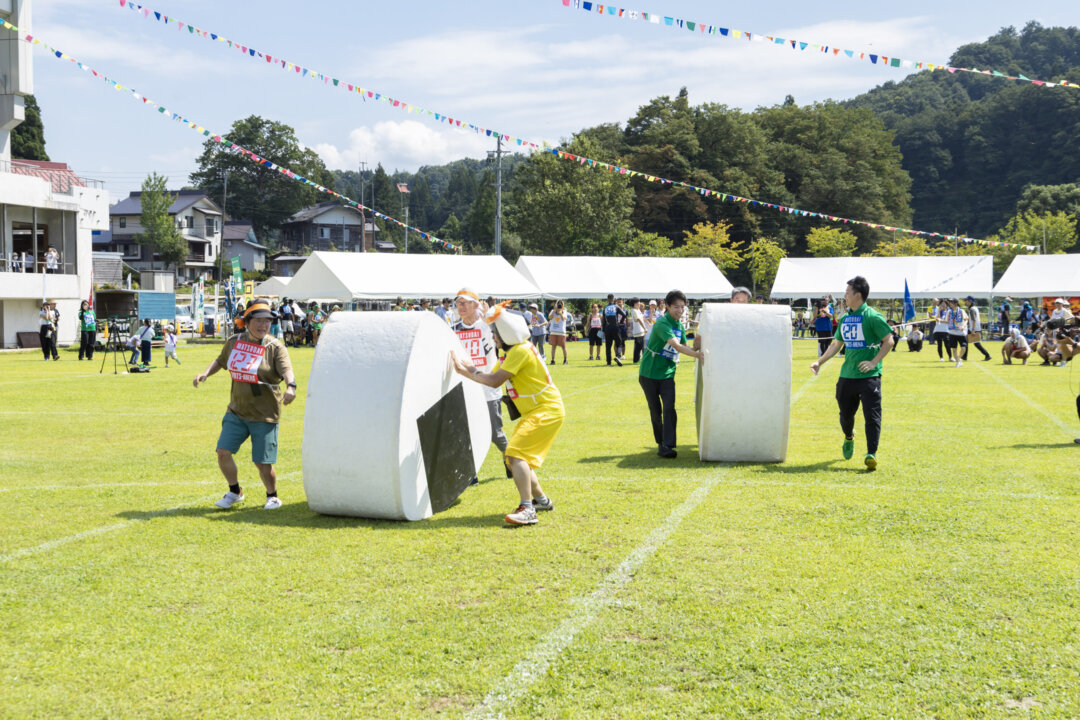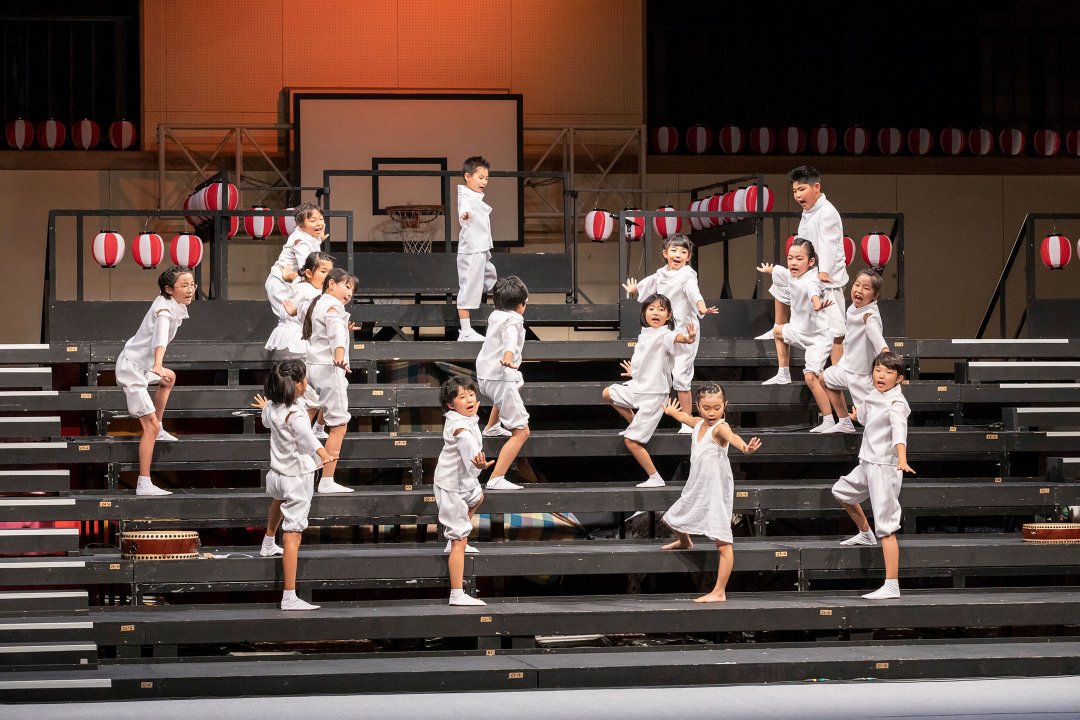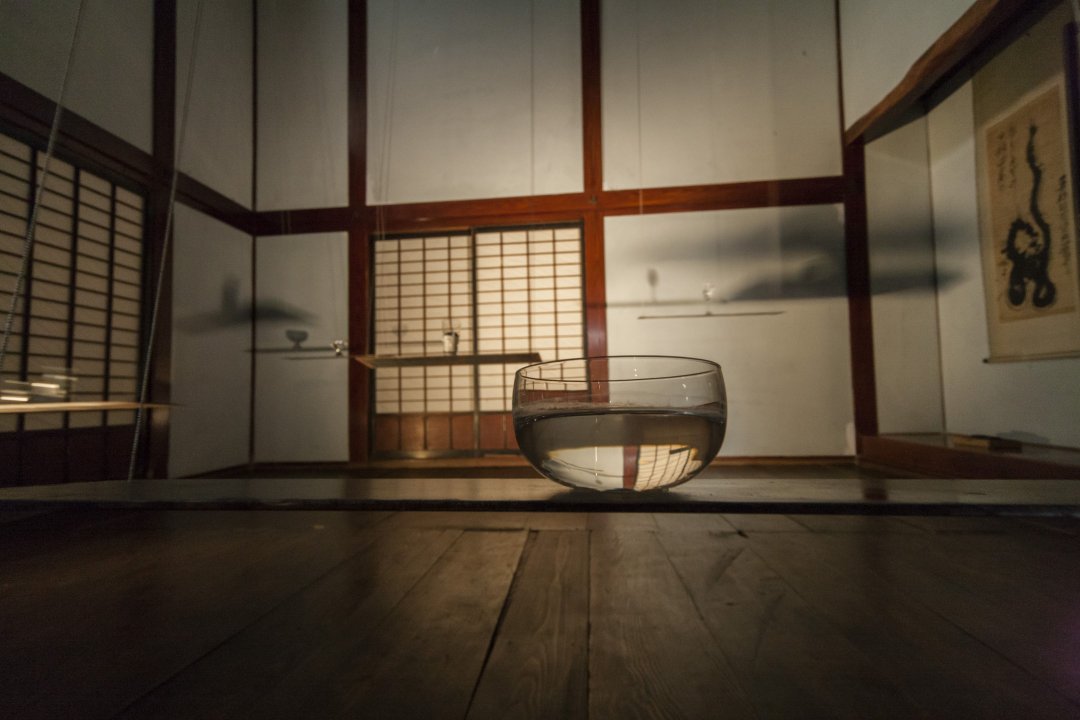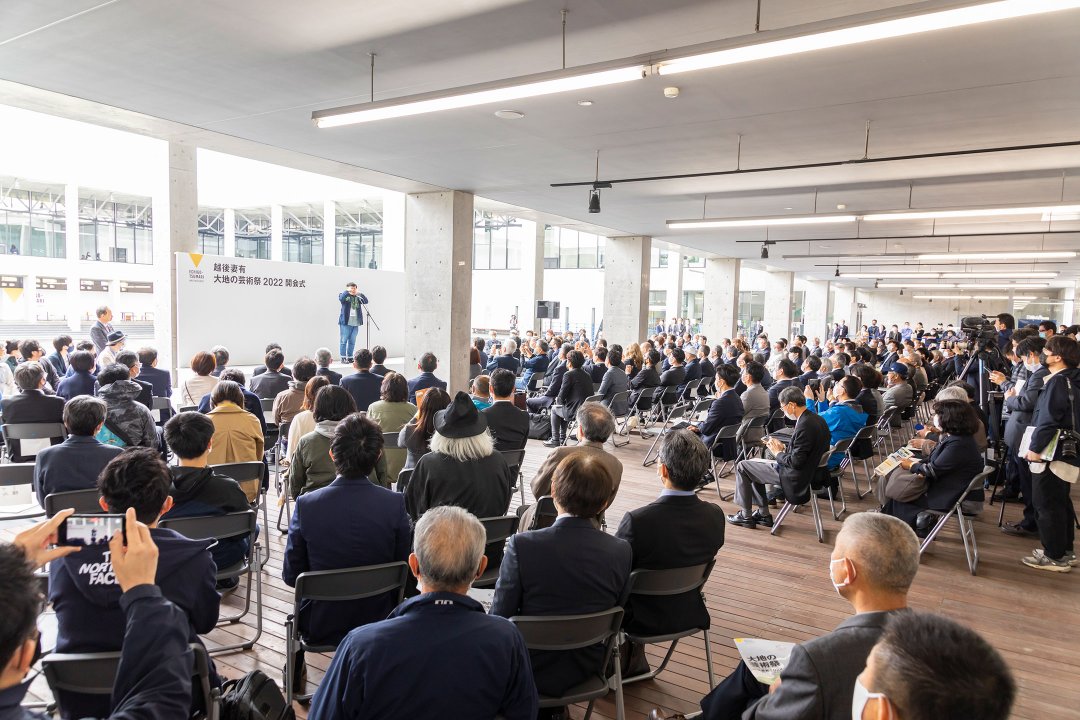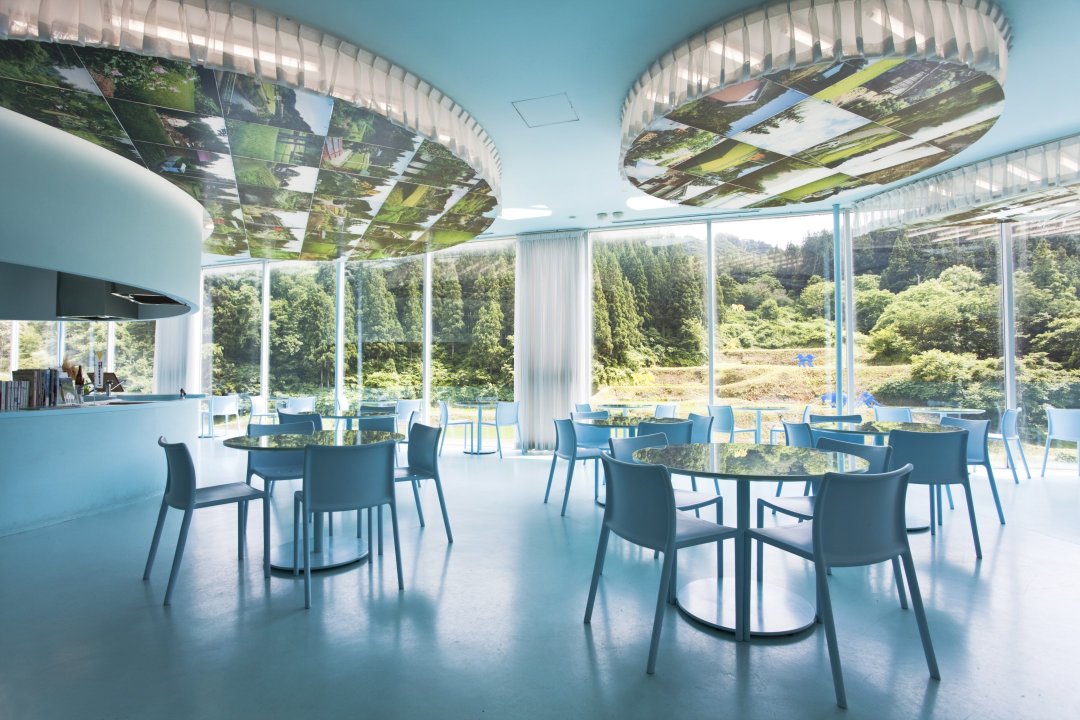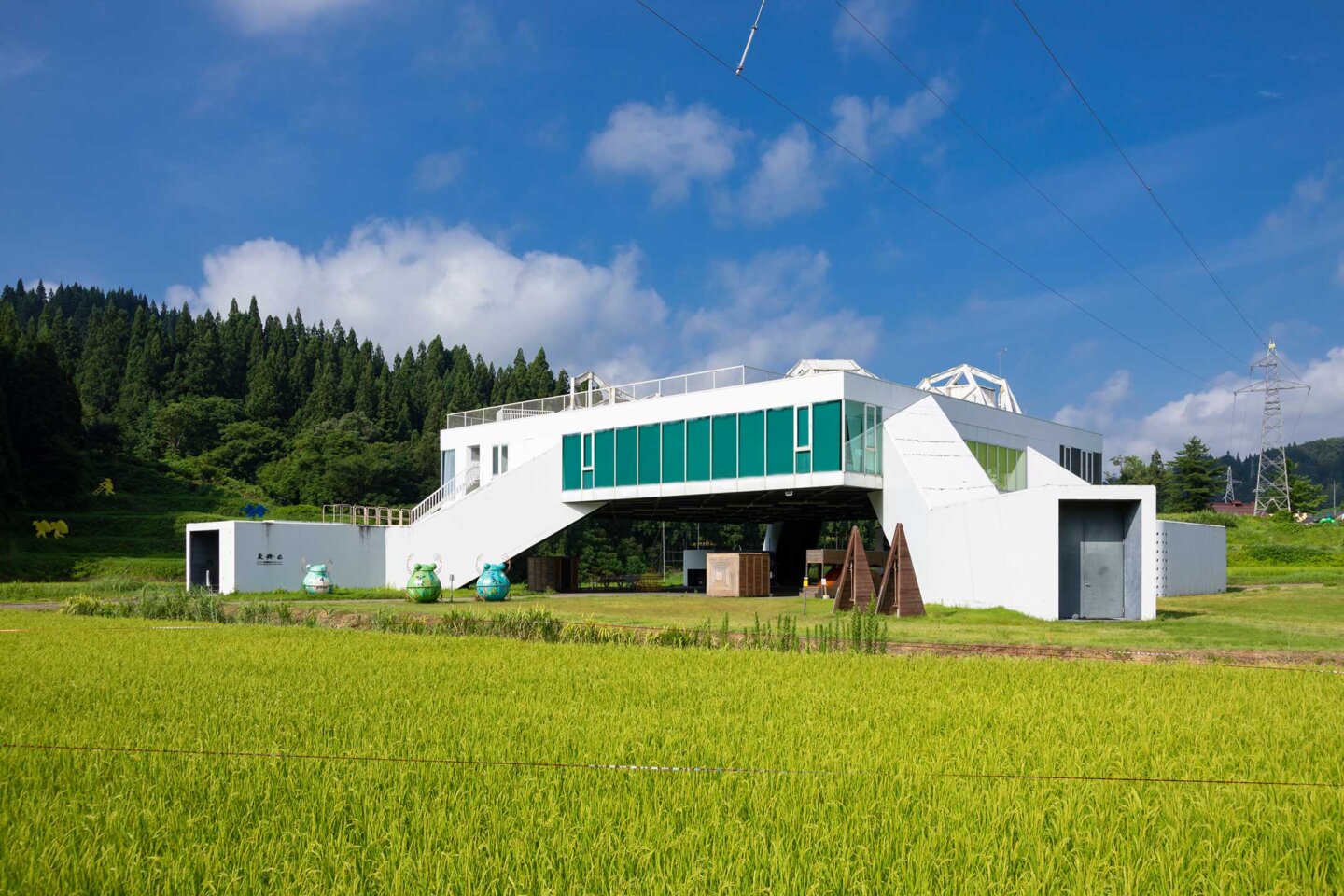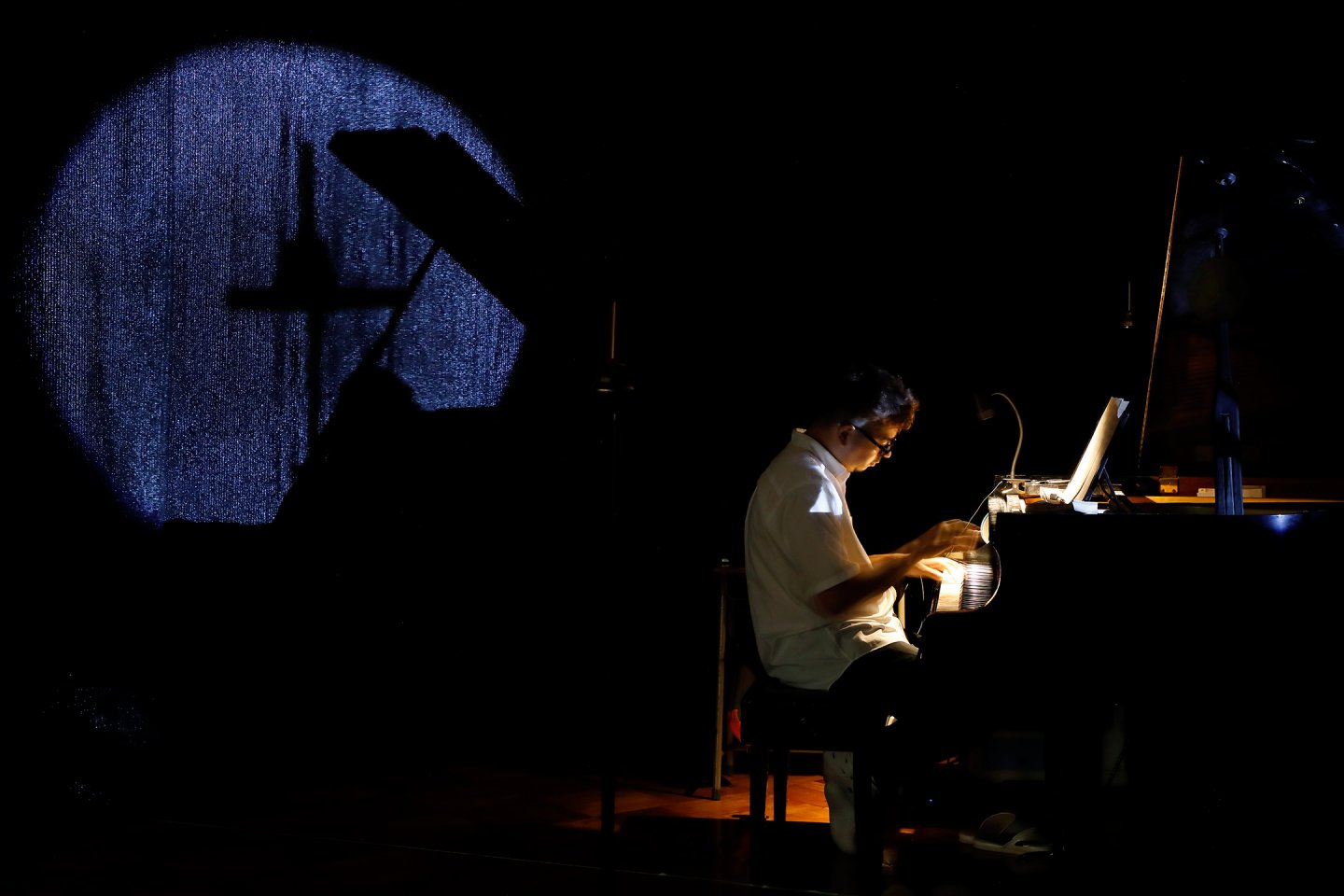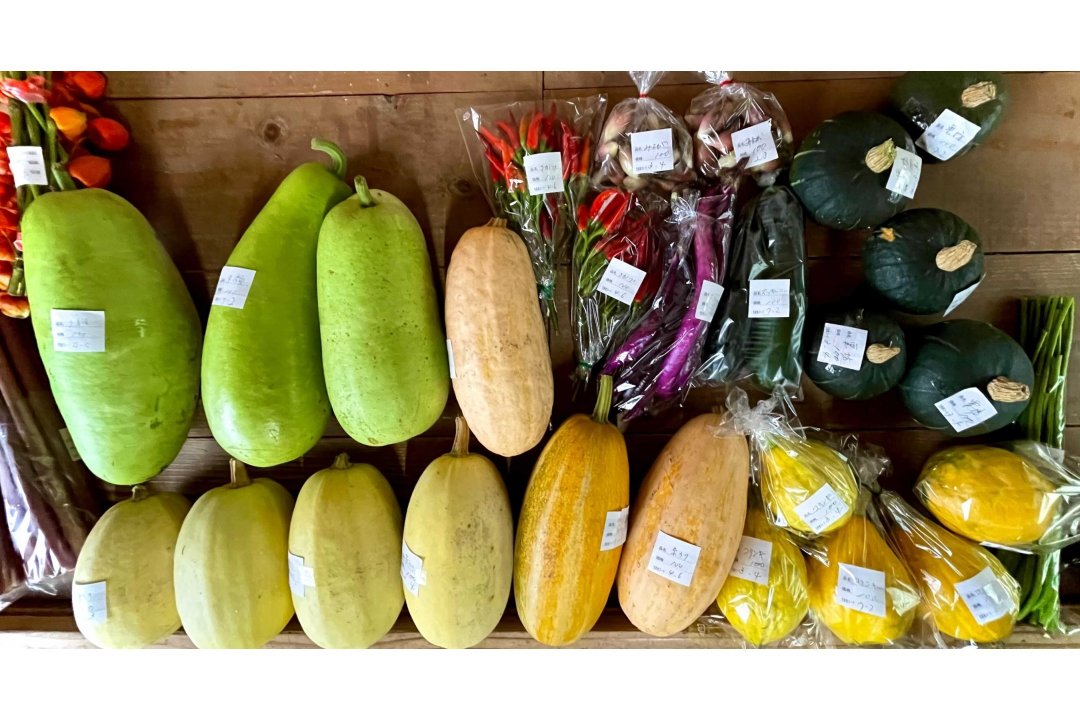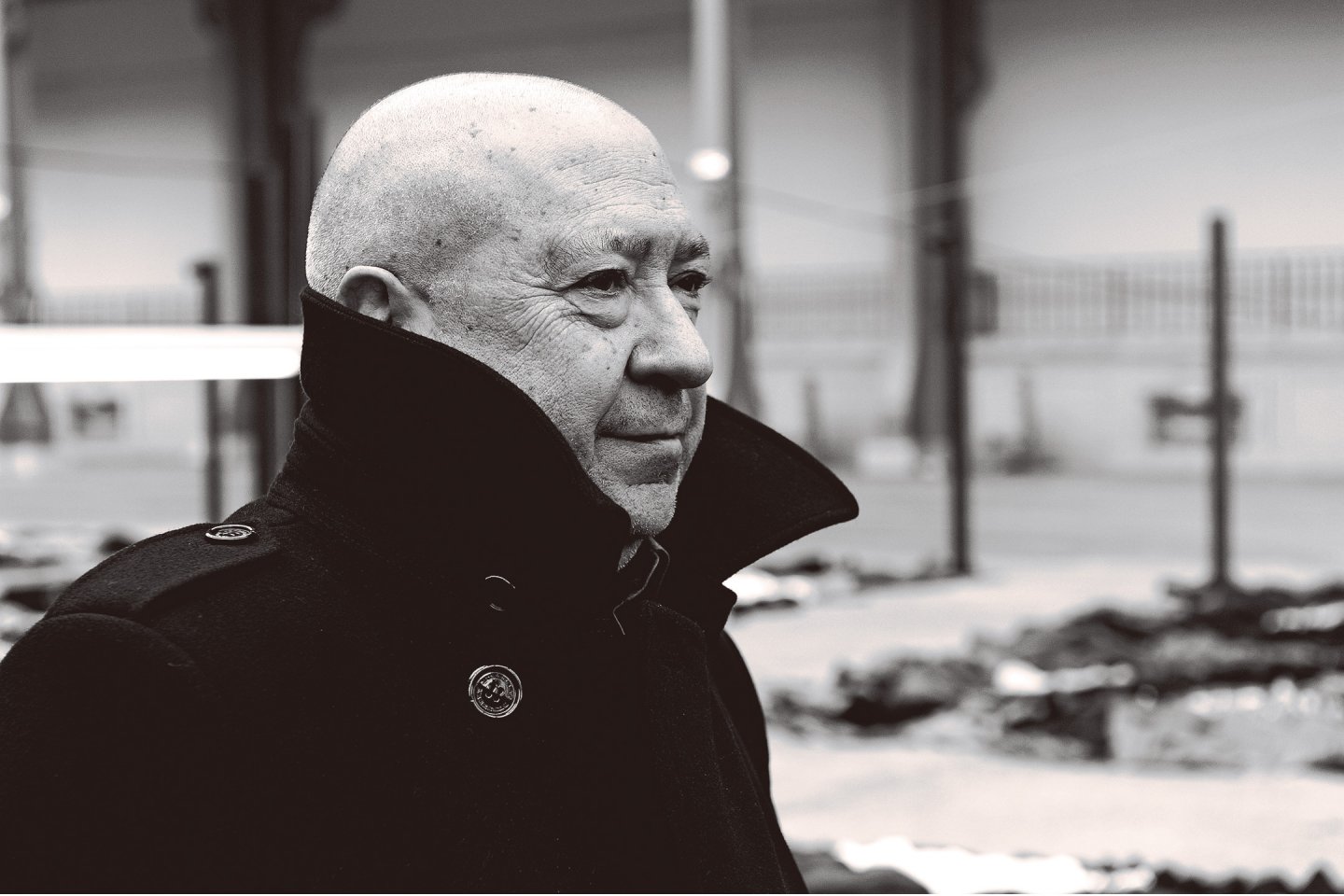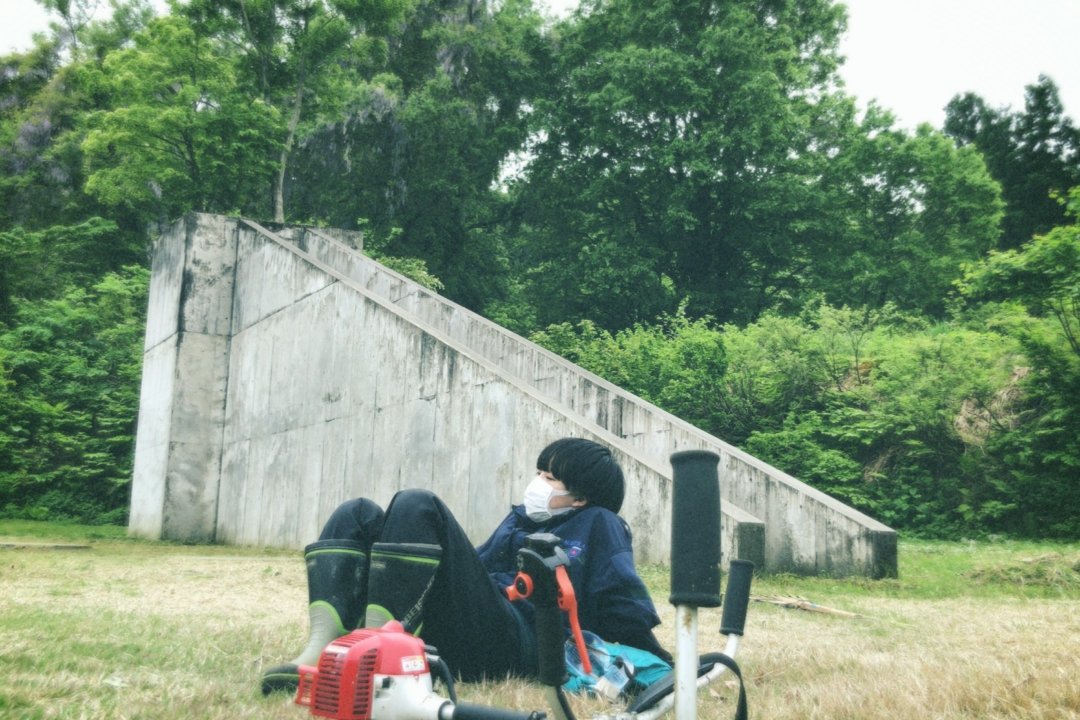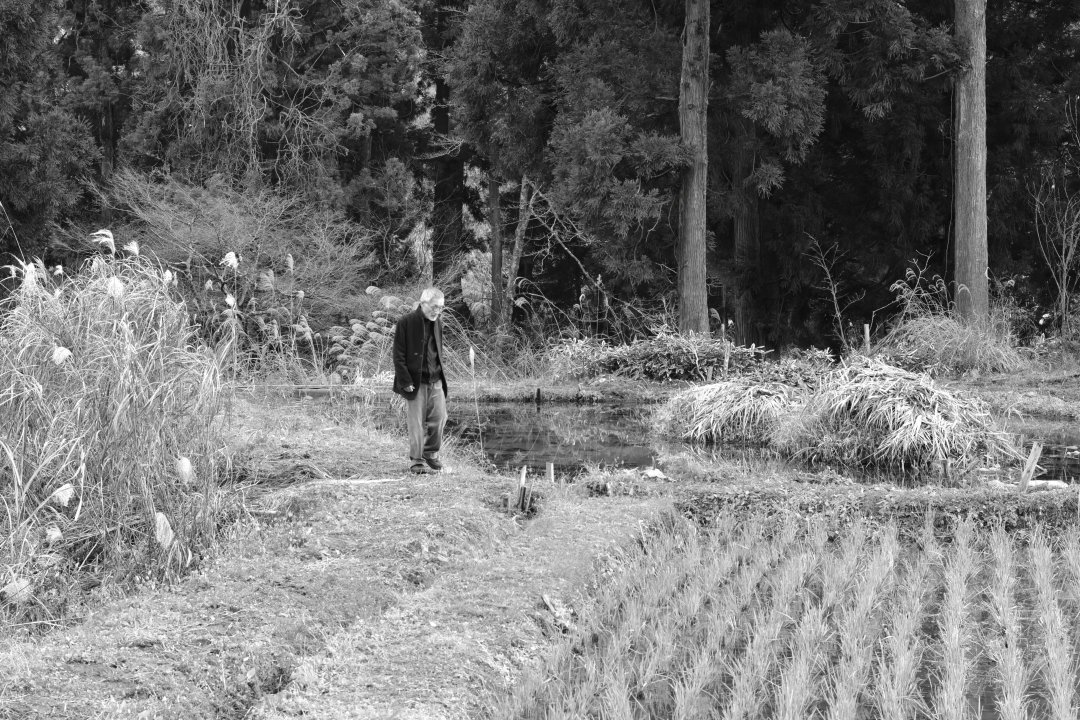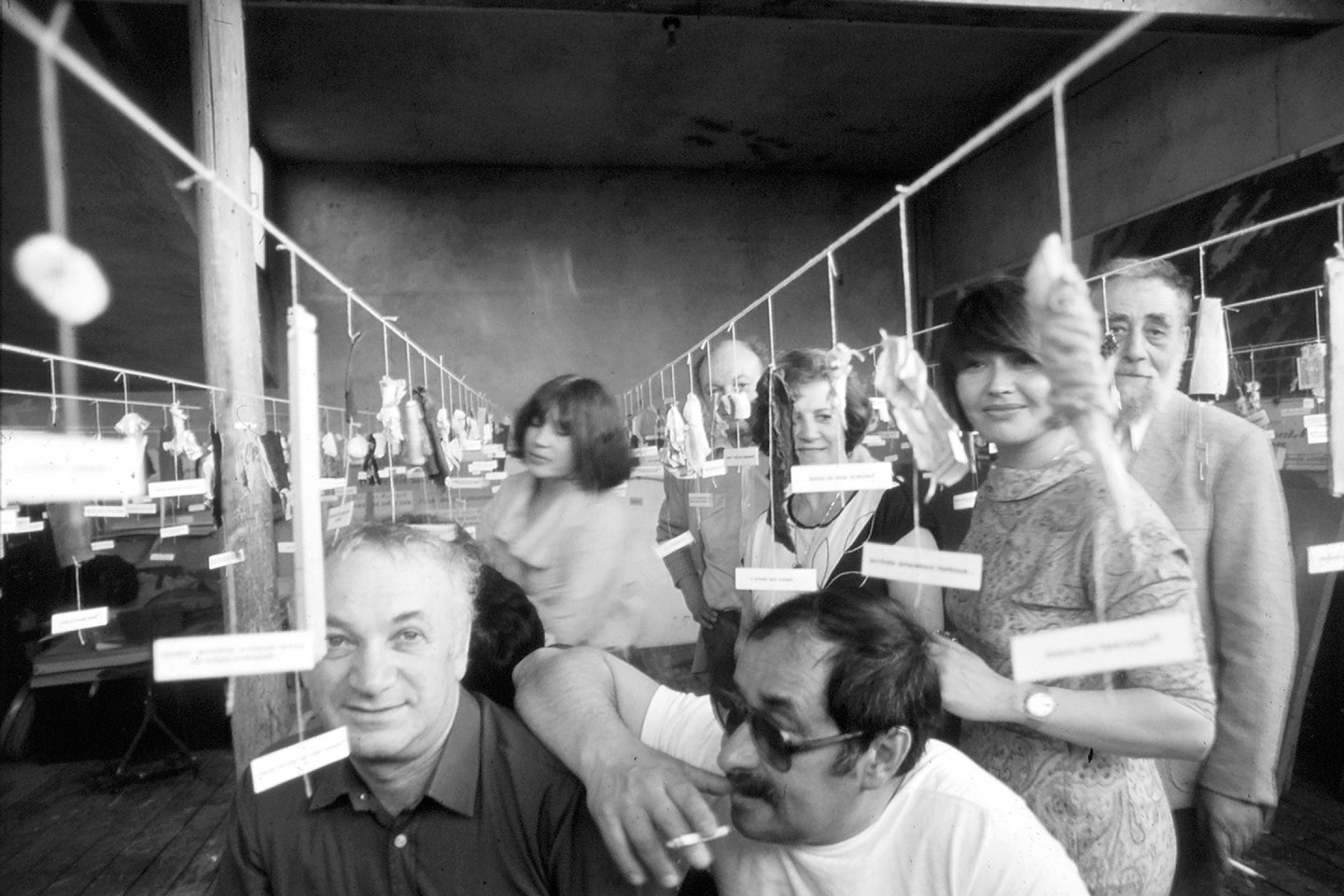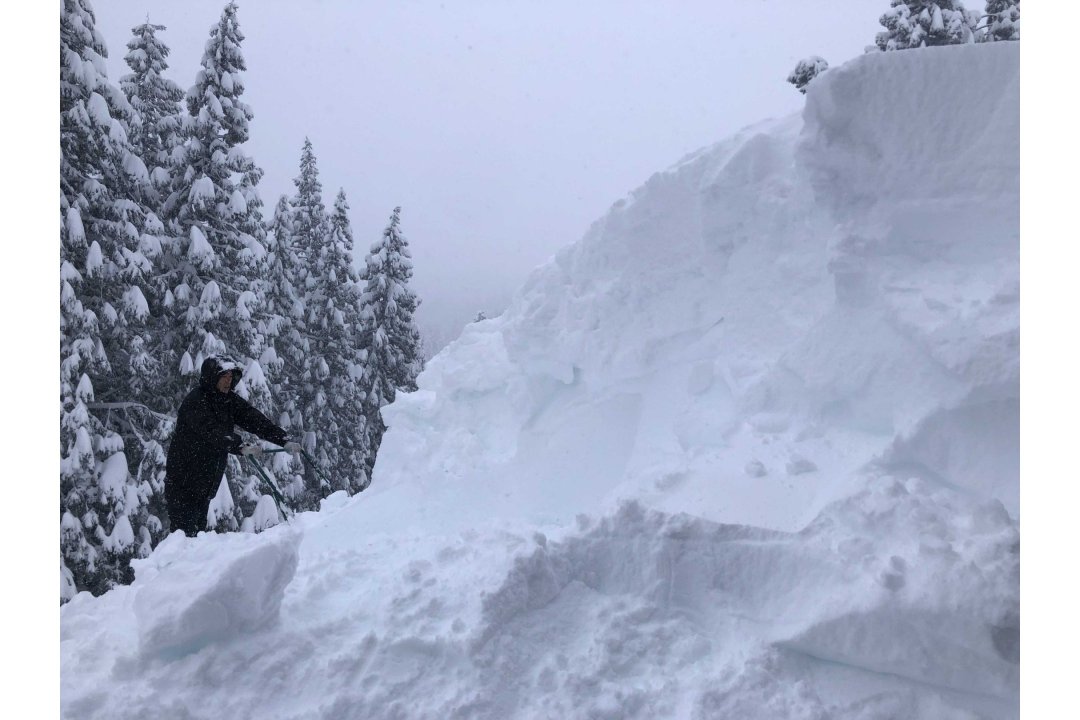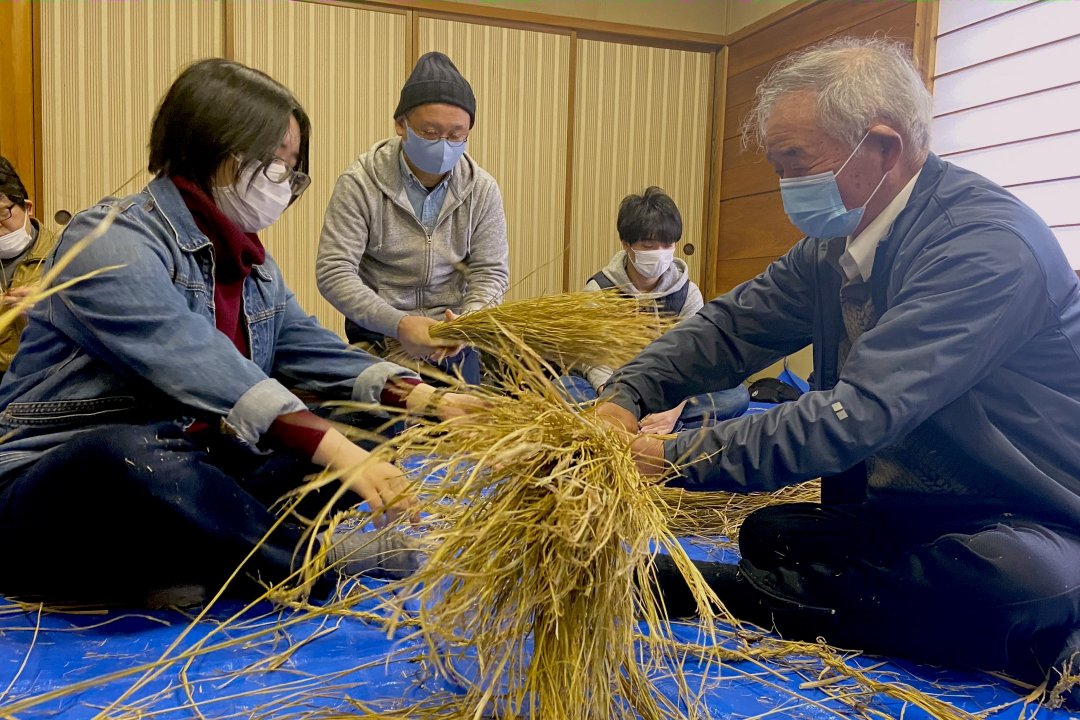Thinking 21st century art in the world from Niigata
Echigo-Tsumari Art Field - Official Web Magazine
Feature / Director's Column
This and that about ETAT 2022 ⑩(Written on 20 Oct)
Kitagawa Fram (Editor-in-chef of “Art from the Land” / General Director, ETAT)
Through this series of column, Kitagawa Fram, General Director of the festival shares "this and that about ETAT" which runs from 29 April for 145 days.
Text by Kitagawa Fram
24 October 2022
Rice harvest has mostly been completed and Echigo-Tsumari has entered into autumn with a clear high sky. I am pleased to see visitors coming here to enjoy the crisp air of Satoyama. The upcoming tours include ones with General Produce, Fukutake Soichiro on 24th October, for KEIDANREN (Japan Business Federation) on 27th Oct, for a group from Omachi-city, a host city of the Northern Alps Art Festival, in memory of Hossein Valamanesh on 30th October, for Mayor of Gifu Prefecture, Mr Yoshida on 31st October, in memory of Bruno Mathon on 11th November and the final tour on 13th November followed by a closing ceremony and reception for Kohebi, locals and staff members.
While I take participants to the front of places where respective artworks are presented during these tours, I wait outside and thus haven’t been able to see most of the artworks. Tour guides go into the spaces with participants and I do hope that these tour guides are able to facilitate conversations between participants which help them appreciate the artwork. In these last fourteen days, I would like to remember the artworks as much as I can. Some artworks will never return and I always wish around the time that the festival is about to conclude as many children as possible could see these artworks.
Let me go through artworks on my list to share with you in this article. Let’s start with MonET. “Palianytsia” by Zhanna Kadyrova from Ukraine consists of rocks that she found and turned into artwork when evacuated from the Russian invasion. They were brought to Japan for the first time.
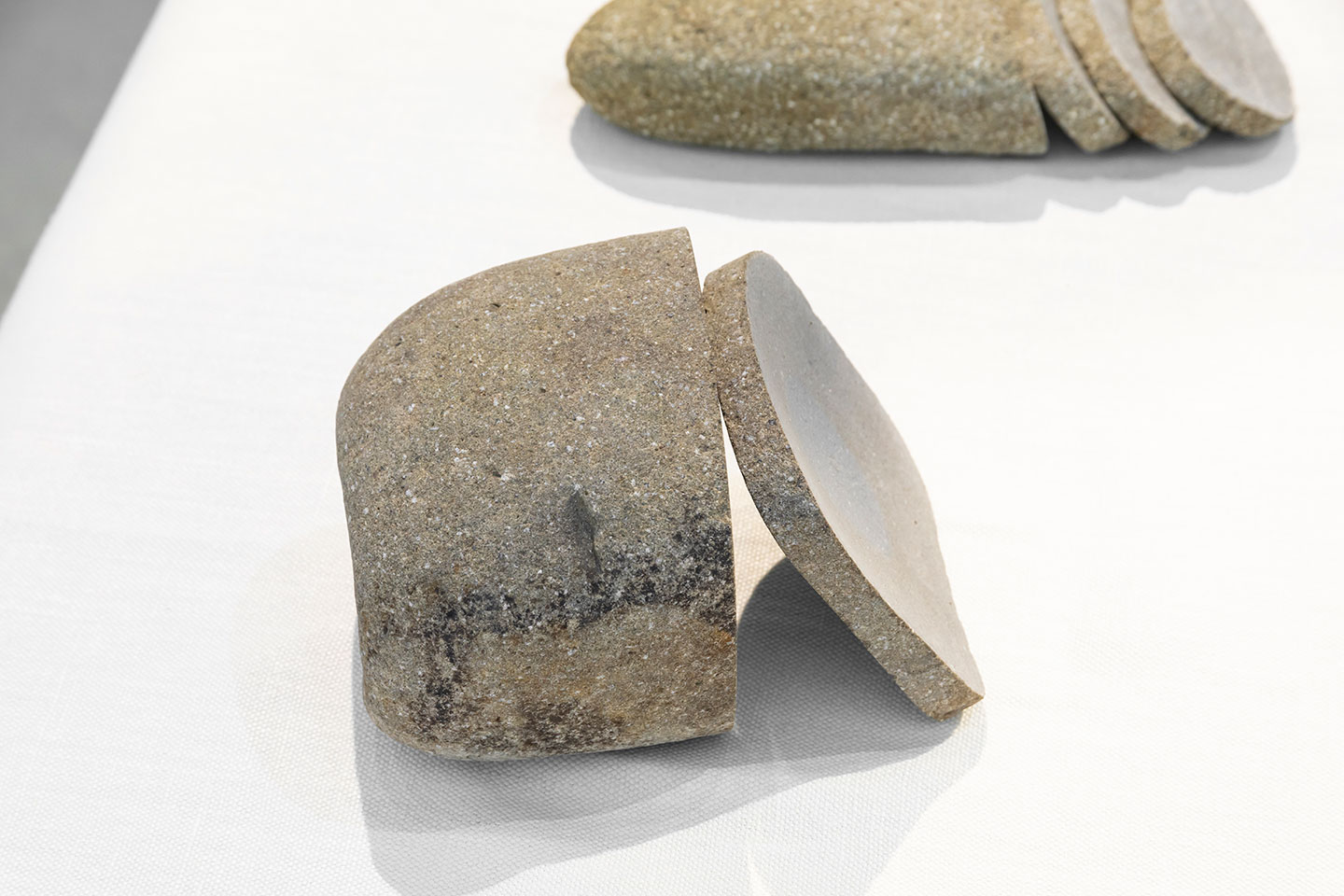
“Palianytsia” by Zhanna Kadyrova / Photo by Nakamura Osamu
A memorial exhibition featuring Hossein Valamanesh till 31st October 2022. Hossein Valamanesh was an Iranian-Australian artist who presented his works in a grove of mixed tree adjacent to Hoshi to Mori no Uta Museum during the 1st ETAT and Australia House in the 7th ETAT.

“Guardian” (2018) by Hossein Valamanesh and others / Photo by Nakamura Osamu
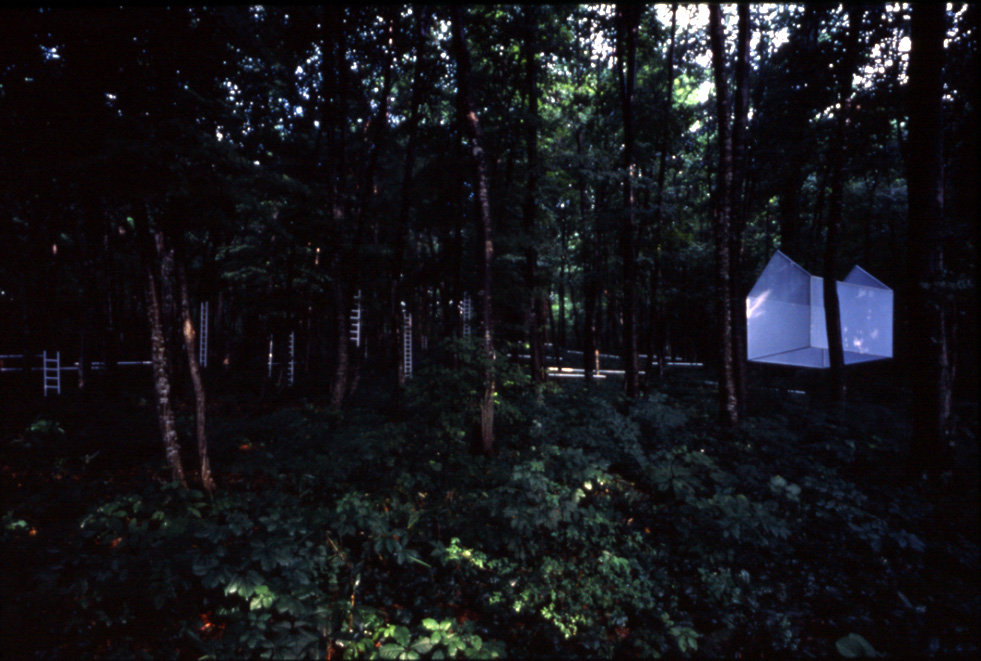
“In Memory of Snow” (2000) by Hossein Valamanesh / Photo by ANZAÏ
A memorial exhibition featuring Bruno Mathon. Since the first iteration of the ETAT, his works have been placed along the causeway of the stone Buddha in Hachi village. These objects were created in collaboration with poems by literates from within and beyond Japan, including Ooka Makoto, Tanikawa Shuntaro, and Tsushima Yuko. The French artist and his wife had built a deep engagement with Japan.
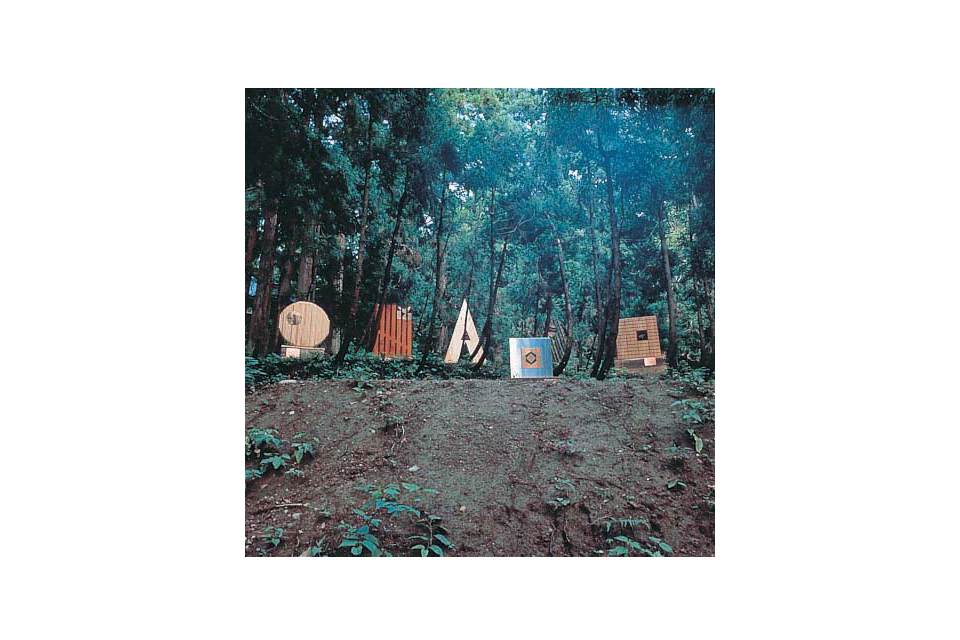
“A story of Six Virtues” (2000) by Bruno Mathon / Photo by ANZAÏ
“The School of Akakura” (2015) by Navin Rawanchaikul+Navin Production (Thailand). This is a masterpiece hugely praised by an American art historian who visited us the other day.
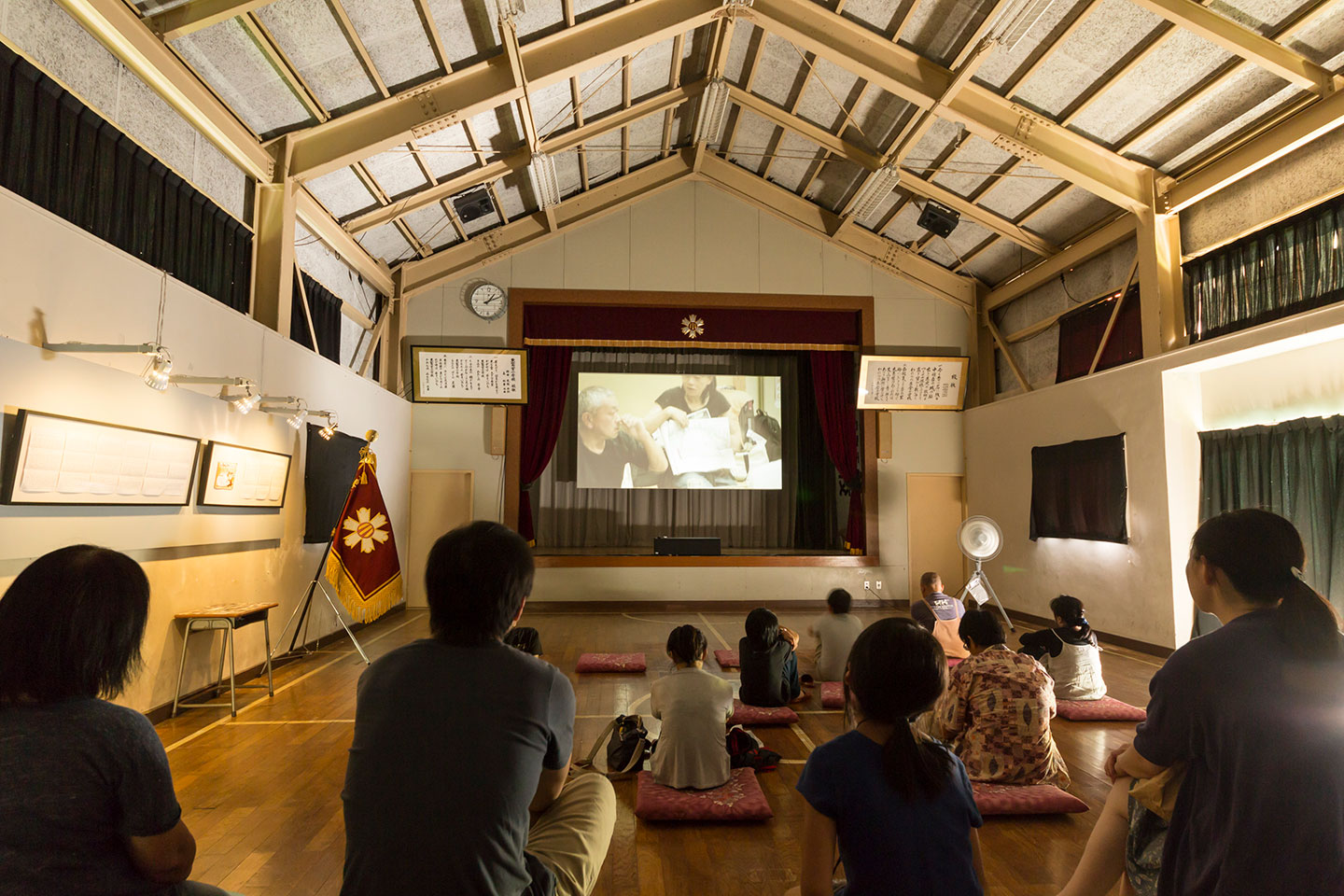
“The School of Akakura” (2015) by Navin Rawanchaikul+Navin Production / Photo by Nakamura Osamu
“Green Room Project” by Sakako Koichi. I wonder how the “green tunnel” has turned into in autumn.
“UBUSUNA WHITE” by Fuse Tomoko presented in Ubusuna House. It is so disappointing not to be able to see the work of the world best paper artist any longer.
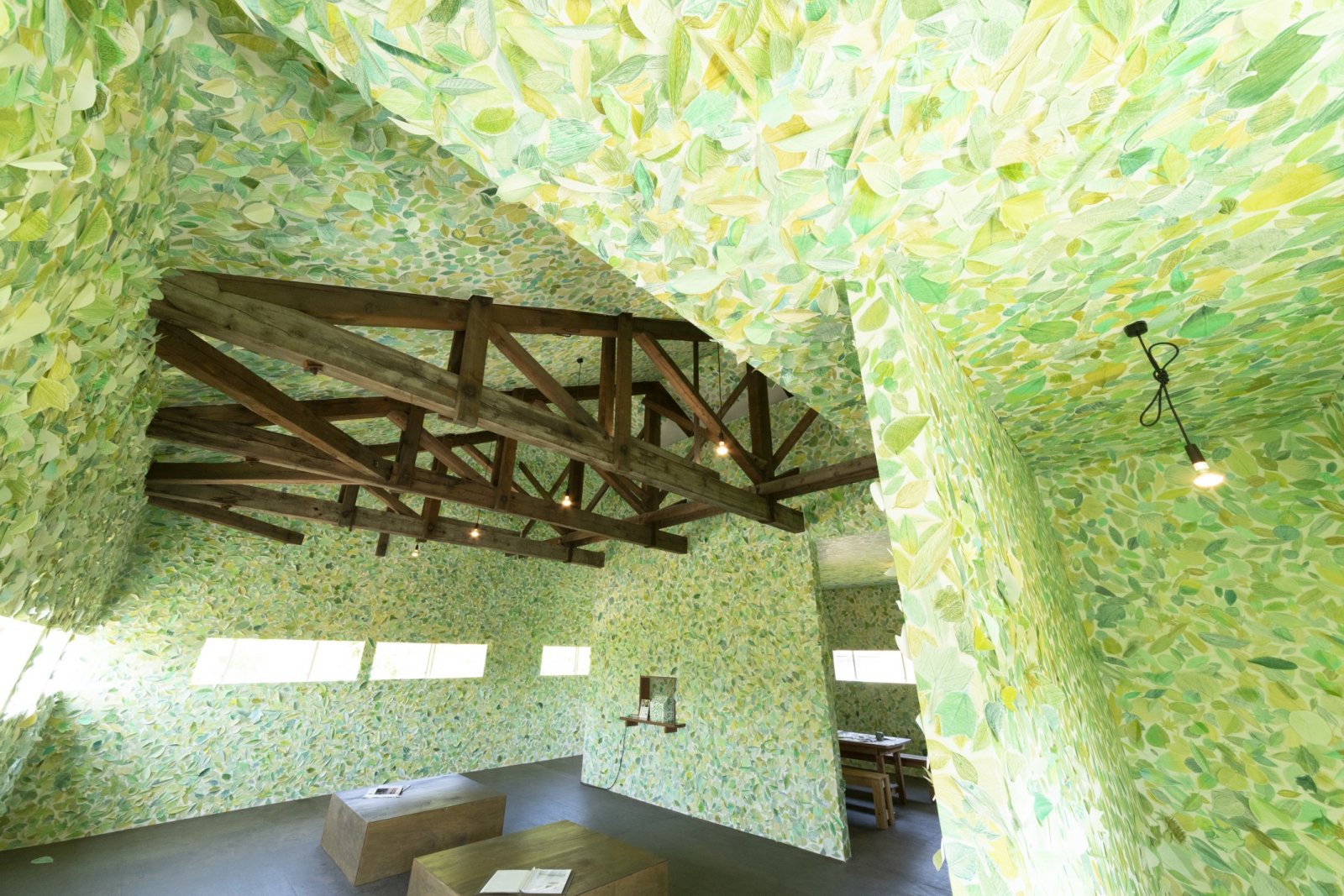
“Green Room Project 2021-2022” (2021-2022) by Sakao Koichi / Photo by Nakamura Osamu
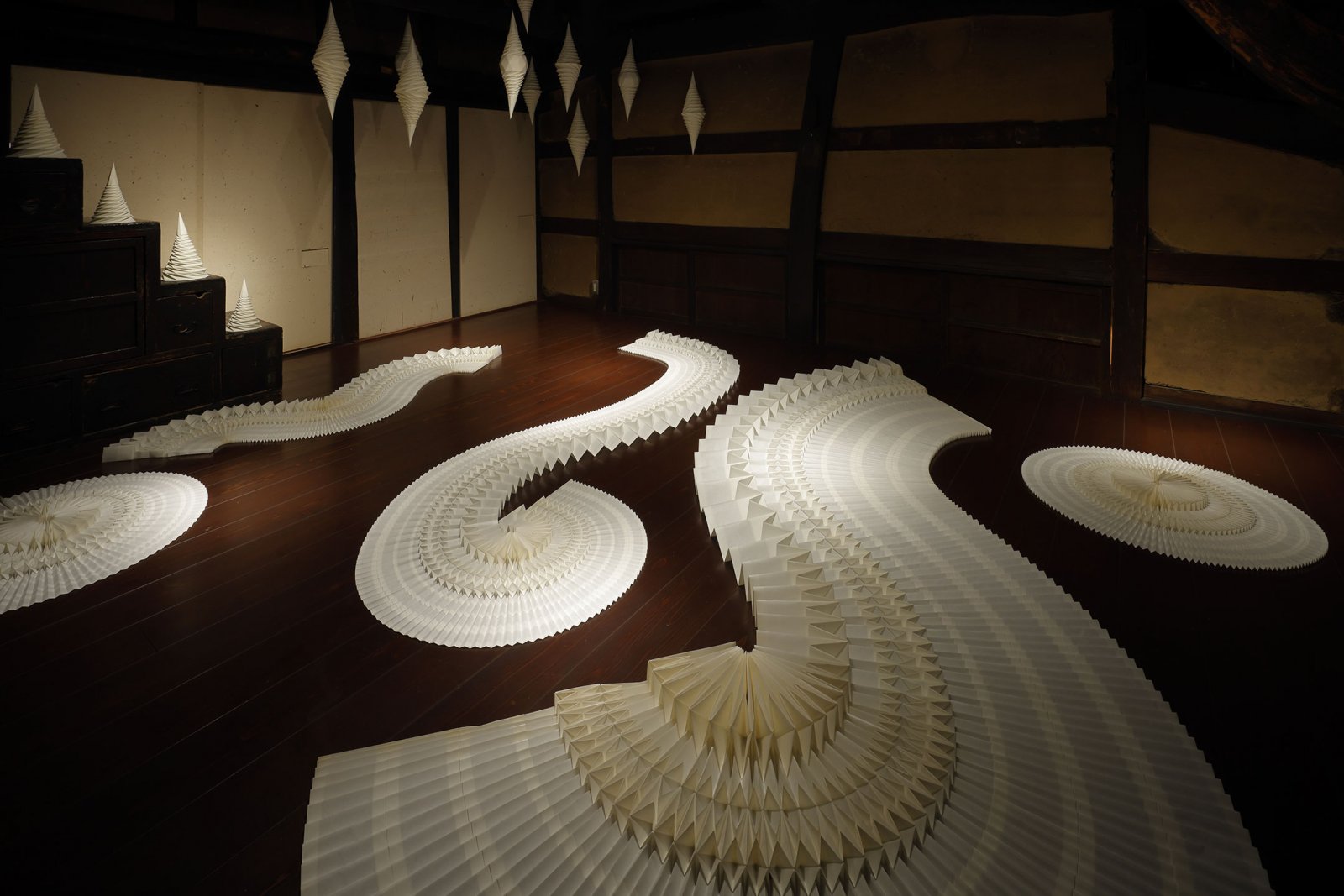
“UBUSUNA WHITE” (2022) by Fuse Tomoko / Photo by Kioku Keizo
“The placenta ― Misyaguchi” by Furugori Hiroshi. The more you engage with the work, the better you appreciate the significance of the artist and the basis of the ancestors’ life in the earth.
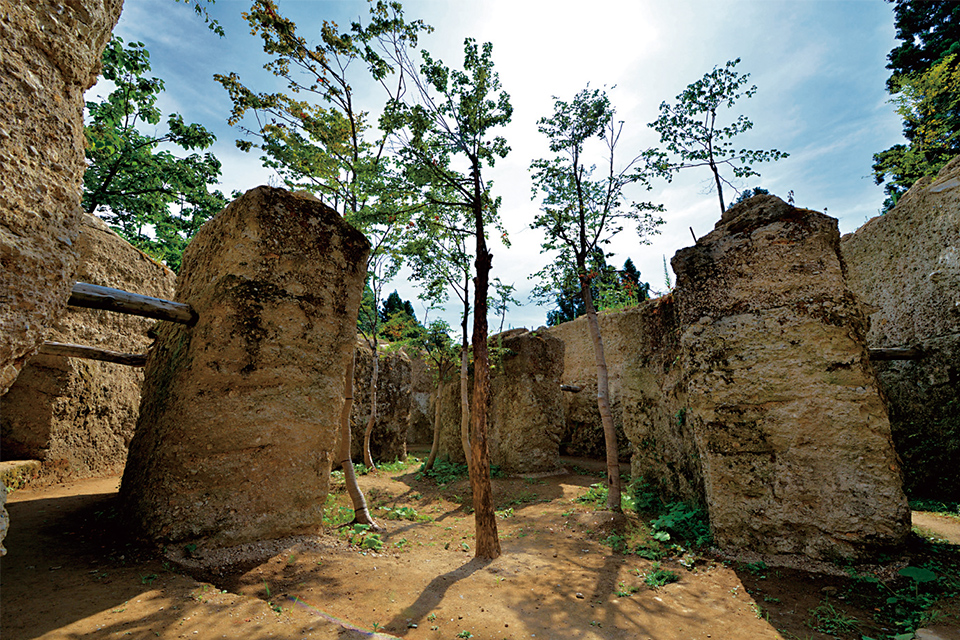
“The placenta ― Misyaguchi” (2006) by Furugori Hiroshi / Photo by Ebie Shigemitsu
“Time of Farm Tools” (2022) by Kawaguchi Tatsuo presented in the former Kamishinden Community Hall shows the deep relationship between rice fields where the seed of the plant is sealed and human beings. If you hold the farm tools hung in the yellow room, you are in the actual posture of farmers – which enables visitors to take interesting photos.
“Light of the World, Light of the Intelligence II” (2009) by Kang Airan on the ground floor sheds a gentle light on the wisdom of the carpenters working on minka house through book collections of Tanaka Fumio, one of the best master builders in Japan. I hope you will allocate a good time to enjoy these artworks in the community hall.
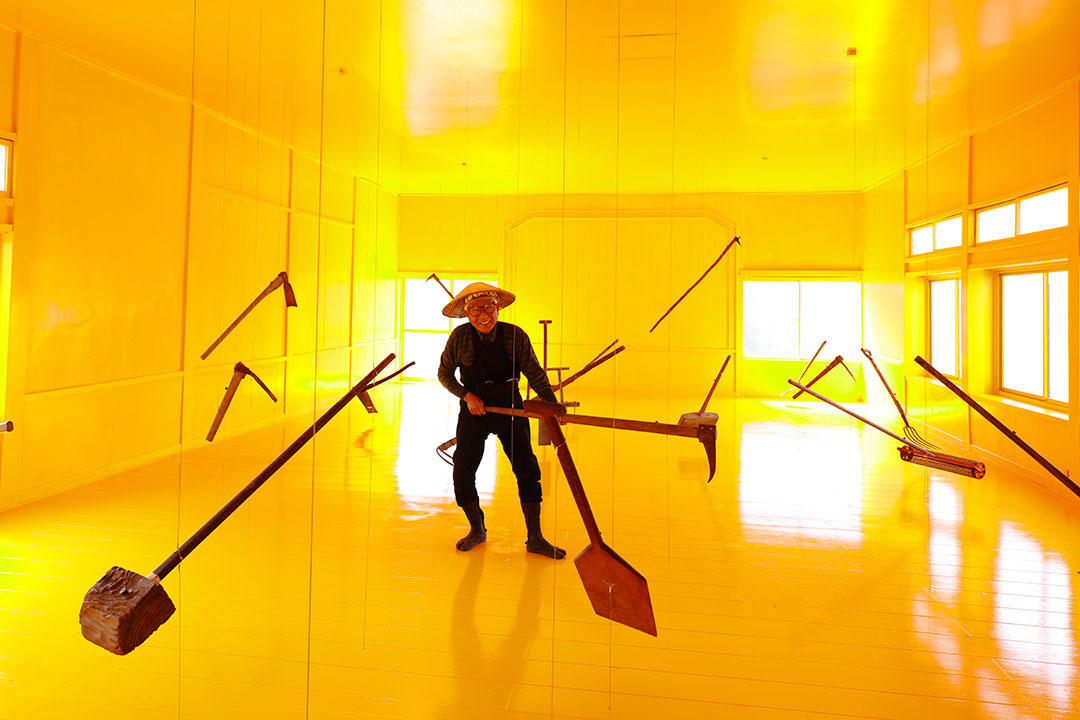
“Time of Farm Tools” (2022) by Kawaguchi Tatsuo/ Photo by Kioku Keizo
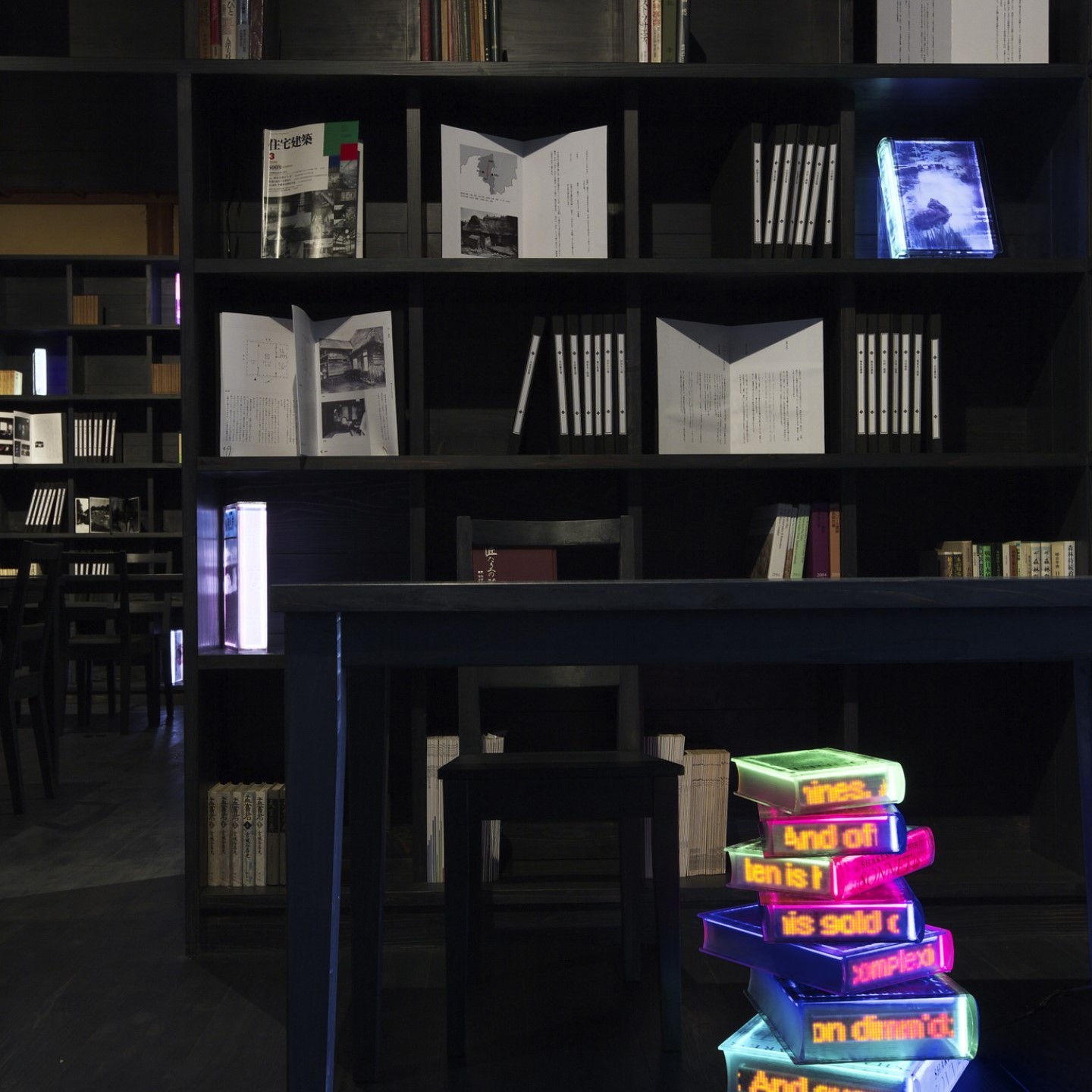
“Light of the World, Light of the Intelligence II” (2009) by Kang Airan / Photo by Miyamoto Takenori+Seno Hiromi
Both “Exploring consciousness and nature” (2022) by Ihashi Arisa presented in a former Miyoshino-yu and “We like to watch clumsy-seeming Mountains” (2022) by Mapped to the Closest Address represent the respective relationship that artists have built as they engaged with the communities.
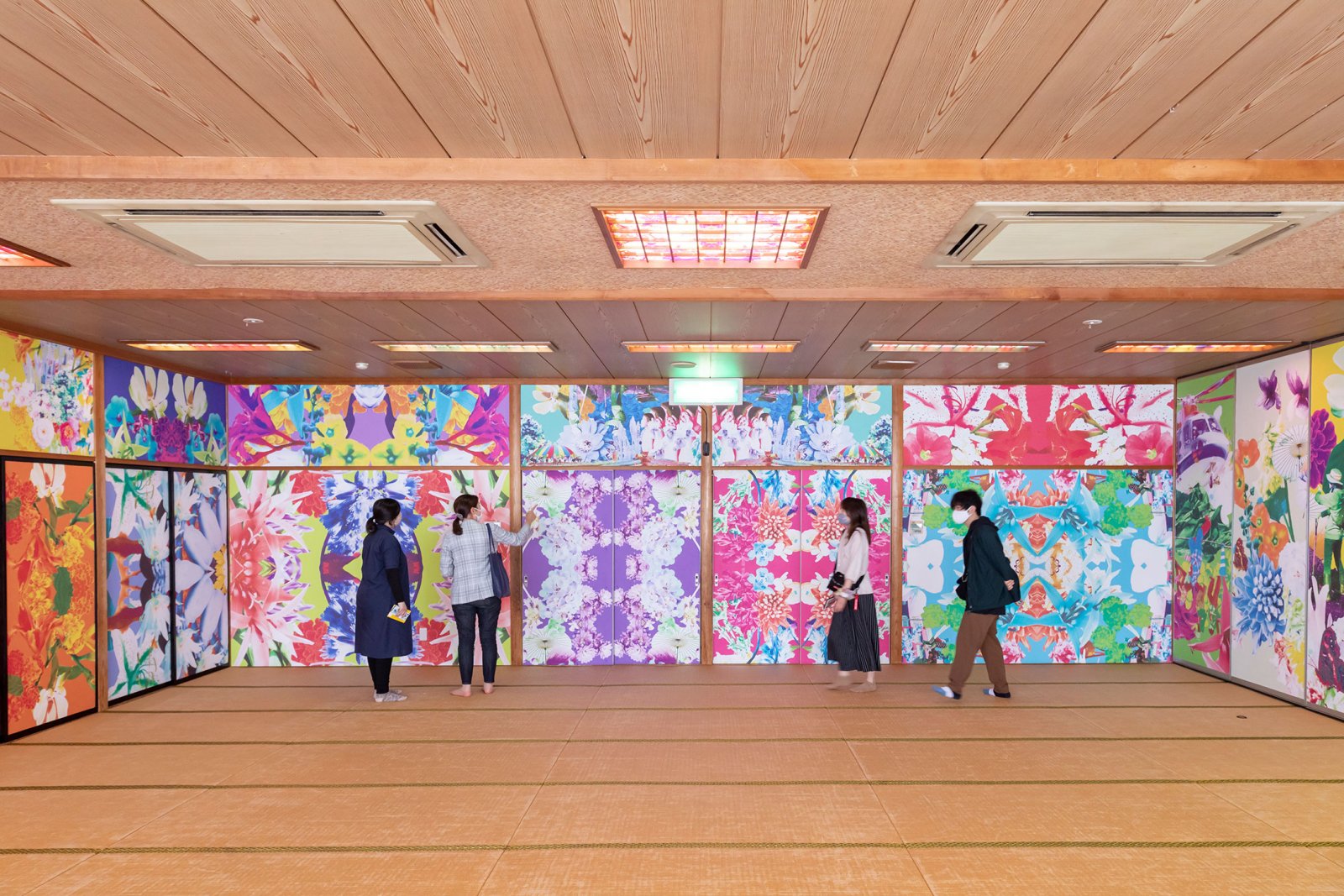
“Exploring consciousness and nature” (2022) by Ihashi Arisa / Photo by Nakamura Omsau

“We like to watch clumsy-seeming Mountains” (2022) by Mapped to the Closest Address / Photo by Nakamura Osamu
This area is called Higashi-Shimogumi, one of a few communities that fully participated in the ETAT since the 1st itteration. Such history and community engagement is represented in “Gejo Thatch Tower” by MIKAN + Sogabe Lab. Kanagawa University. The artwork reminds us that there were once many thatched-roof craftsmen living in this community. You will see lots of red triangle-shaped flags flowing as you enter the area – an original flag showing their support for the festival which always makes me feel pleased.

“Gejo Thatch Tower” (2012) by MIKAN + Sogabe Lab. Kanagawa University / Photo by Nakamura Osamu
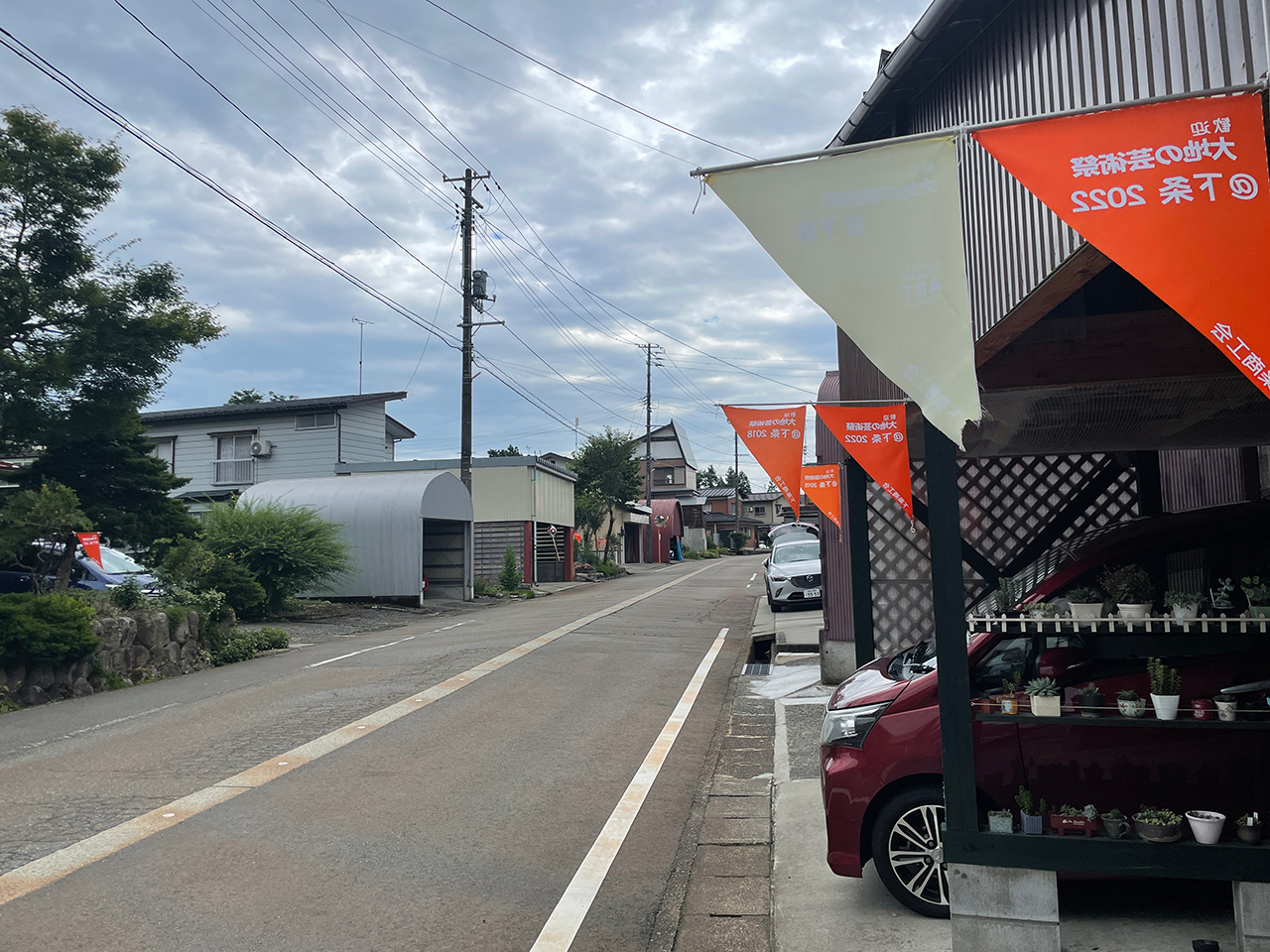
“Festival flags” in Gejo area
While Karekimata Project has finished, the long-term engagement with this community was irreplaceable. I wish I was available to see “chikei” by Tatsura Yuu and the talk by Oussouby Sacko, a former President of Kyoto Seika University.
I would strongly recommend you to check out “It was all fun in the past – from cultural anthropological fieldwork” (2022) by Isobe Yukihisa. It is a project to learn about the history of the village called “Kotsunagi” which ceased to exist fifteen years ago by walking. You will be met by people who once lived in the community – this should provide you with an invaluable experience.
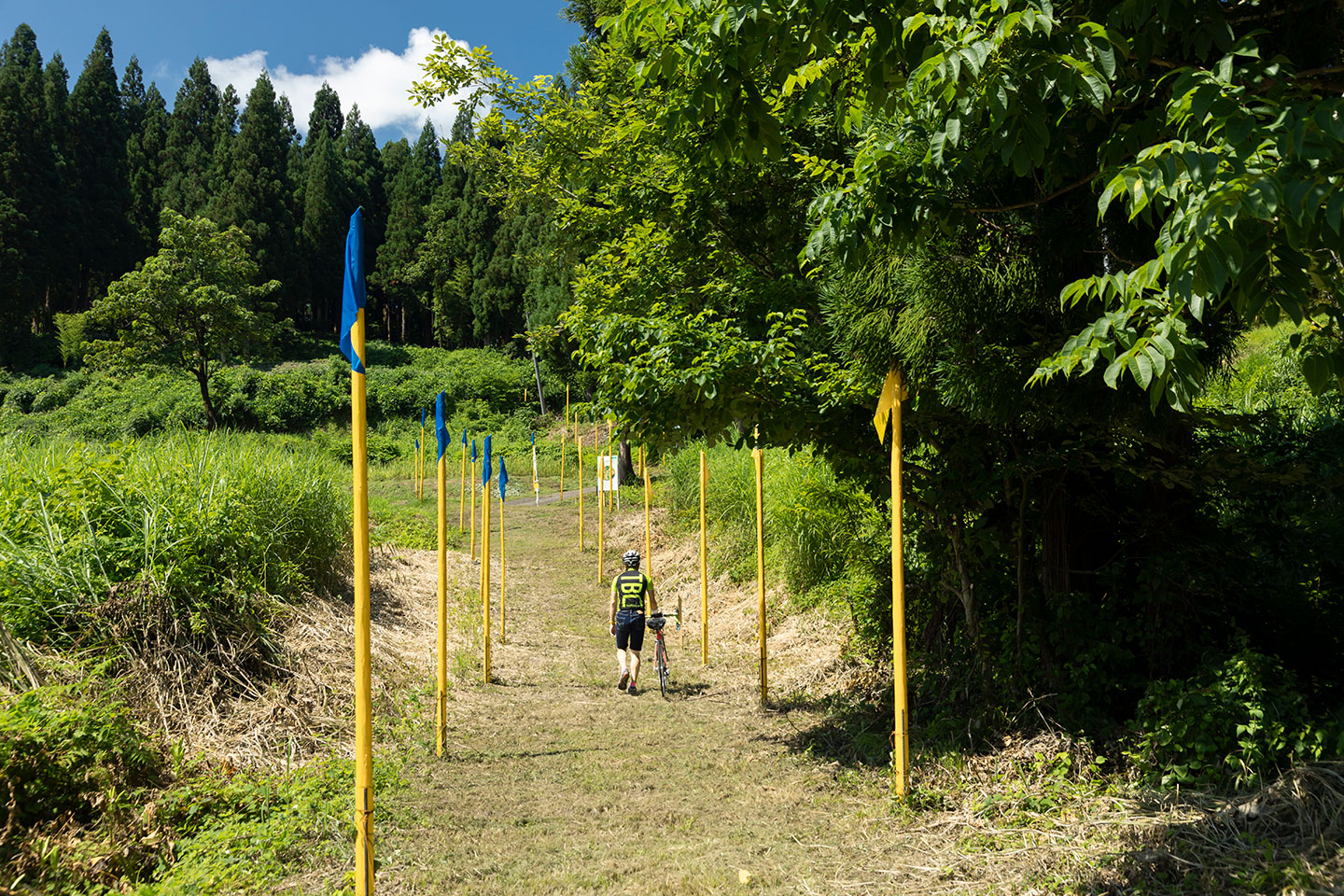
“It was all fun in the past – from cultural anthropological fieldwork” (2022) by Isobe Yukihisa / Photo by Nakamura Osamu
“Here-Upon: With Jomon Time” (2022), a masterpiece by Kagayama Ken takes shape with reference to cedar trees in a nearby Sasayama Takaogami Shrine which clearly shows the memory of the place.
Make sure you extend your legs to visit “House of Stream” (2022) in Mizusawa Ichinosaka by Kabata Chihiro, “Another Singularity” (2009) in Futatsuya by Antony Gormley, and “builds crowd” (2022) in Yoshida by Kuri Mayumi and of course, Museum of Picture Book Art. I will visit those, too.
Kitagawa Fram

“Here-Upon: With Jomon Time” (2022) by Kagayama Ken / Photo by Nakamura Osamu
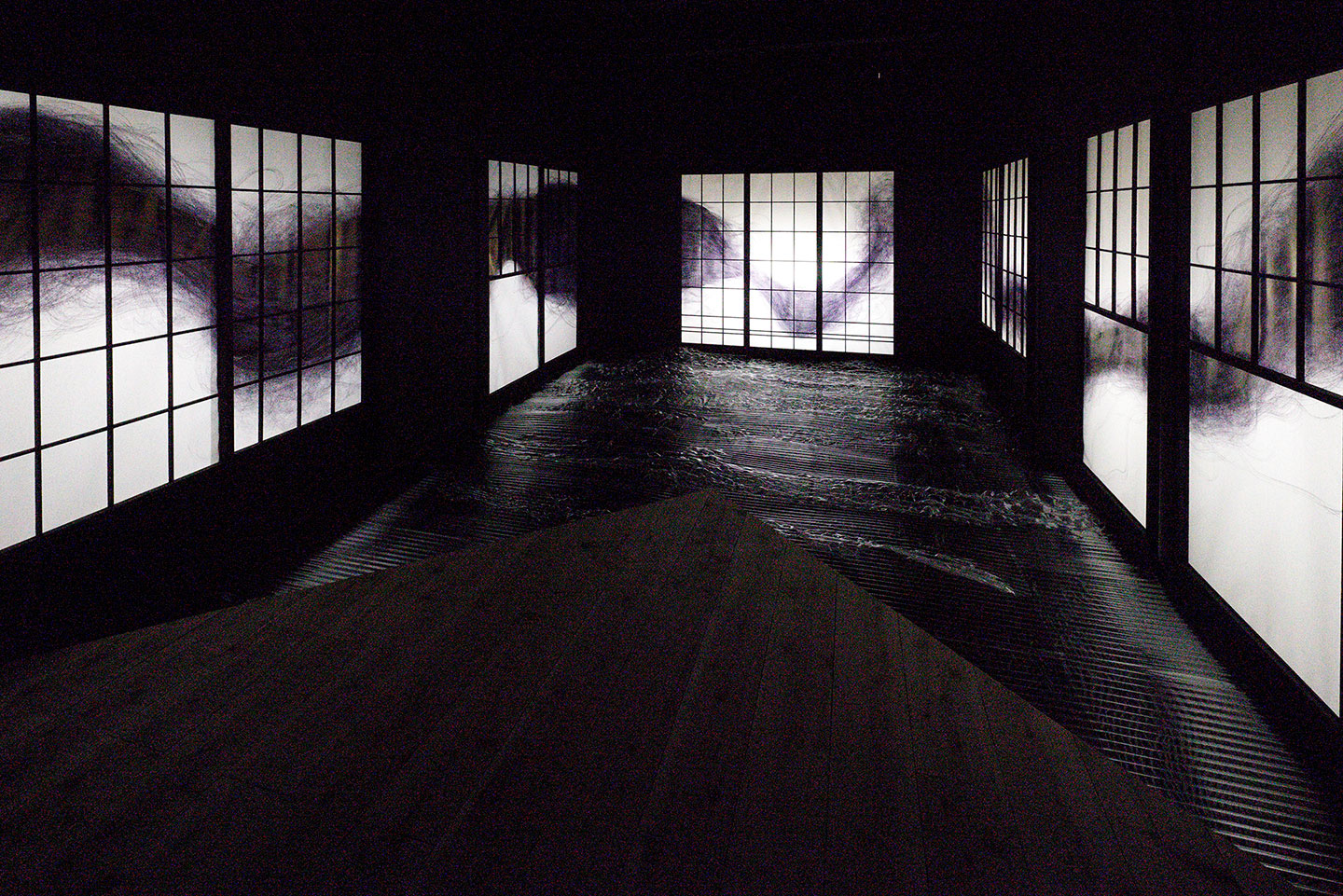
“House of Stream” (2022) by Kabata Chihiro / Photo by Kioku Keizo
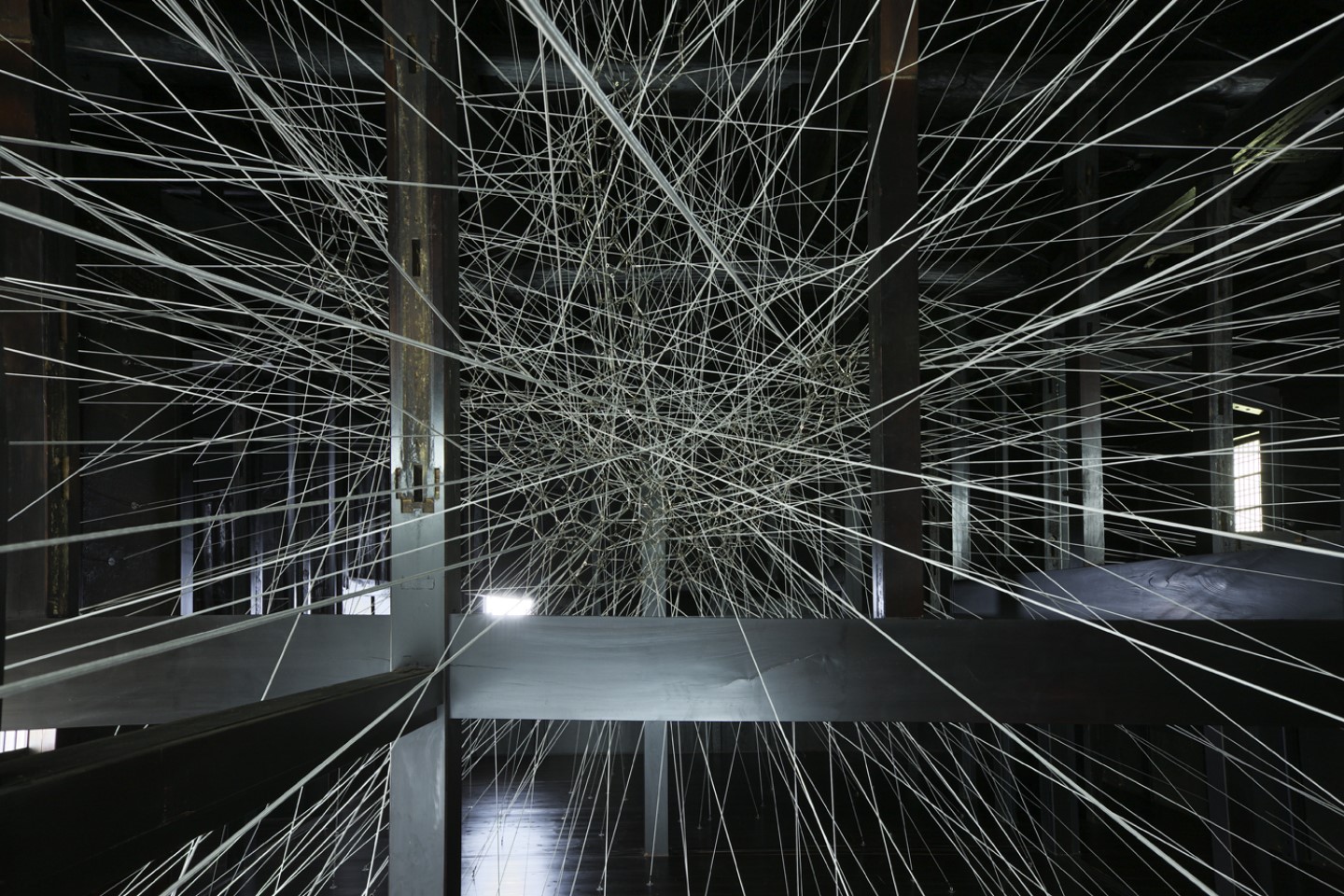
“Another Singularity” (2009) by Antony Gormley / Photo by Miyamoto Takenori+Seno Hiromi

“builds crowd” (2022) by Kuri Mayumi / Photo by Nakamura Osamu







